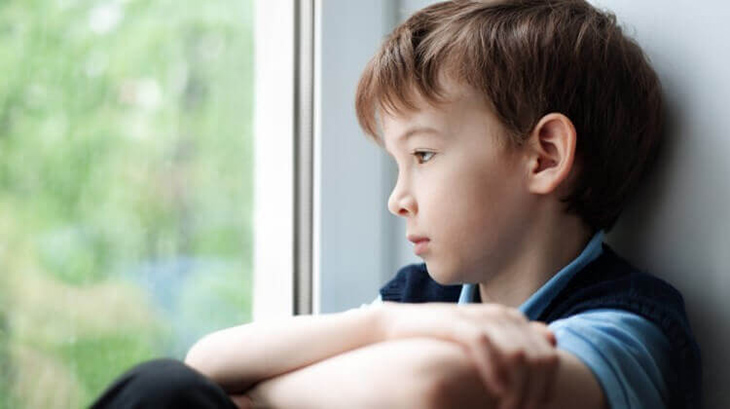3. Not Smiling when You Smile at Them

Advances in social cognition that contribute to the formation of later, more sophisticated social interactions are thought to be underpinned by early social interactions between newborns and adults. During the first 6 months of life, one of the most regularly observed social behaviors is smiling. Social smiling appears between the ages of 2 and 3 months and becomes more purposeful, referential, and communicative in the latter half of the first year. Infants’ purposeful coordination of smiling with gaze directed to a social partner becomes more evident as their social knowledge grows. On a behavioral level, social smiling entails the temporal integration of two components: pleasant affective facial expression and eye gaze orientation toward another person. Children with autism spectrum disorders demonstrate deficits in both the affective and attentional components of social smiling. However, there is evidence that deficiencies in the integration of eye gazing and positive affect (i.e., social smiling) may be more prominent in ASD children than in children with other developmental problems or usual development.



